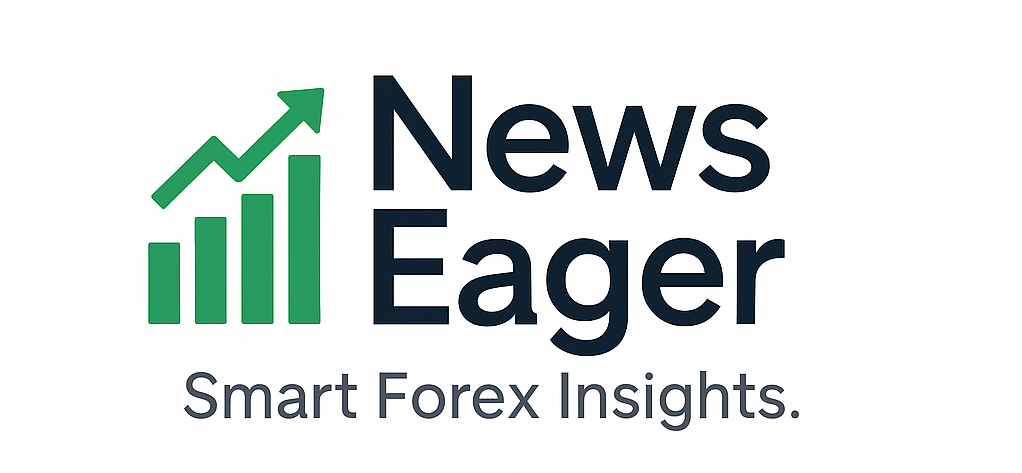If you’re new to forex trading, one thing you’ll soon come to notice is the odd terminology that trading sites, charts, and guides use. Don’t panic, though — you don’t need to be an expert in finance to start. Learning a few of the key terms will make you much more confident and prepared to start trading.
Here are 10 essential forex terms that all newcomers should know about — described in simple and straightforward terms.
1. Forex (Foreign Exchange)
Forex stands for foreign exchange, and it’s the largest financial market in the world where currencies are exchanged. Individuals exchange forex for one reason or another — businesses, tourists, investors, and even governments. As a retail trader, you’re typically aiming to profit from the changes in exchange rates, for example, buying Euros when their value rises against the US Dollar.
2. Currency Pair
In forex, you’re always trading one currency for another — never purchasing a single currency. An example of a currency pair would be EUR/USD. This is trading Euros for US Dollars. If you believe the Euro will strengthen relative to the Dollar, you “buy” the pair. If you believe the opposite, you “sell” it.
Learn more about currency pair: What Are Currency Pairs, Pips & Lots in Forex?
3. Base Currency
The base currency is the first one in a pair. The Euro is the base in EUR/USD. Consider it the currency you are selling or buying. So if the pair is rising, the base currency is strengthening.
4. Quote Currency
The counter currency (or quote currency) is the second currency that is listed in the pair. It shows how much of the currency you need to buy in order to receive 1 unit of the base currency. For example, if EUR/USD = 1.1000, then 1 Euro = 1.10 US Dollars.
5. Bid Price
The bid is the amount the market or broker (the buyer) is willing to pay to purchase a currency pair from you. When you sell currency, this is what you get. It is always a little less than the ask price.
6. Ask Price
The ask (or offer) price is the price at which you pay to purchase a currency pair. It is the price the broker will quote when you are long. It is typically just a bit higher than the bid price, and the disparity between the two is where the broker profits.
7. Spread
The spread is the very small difference between the ask price and bid price. For instance, if the ask price of EUR/USD is 1.1003 and the bid price is 1.1000, the spread is 3 pips. This difference is usually where brokers get paid — rather than charging you a distinct fee, it’s included in the price.
8. Lot Size
Lot is the volume of your trade. Forex trades are not quoted in single dollars or euros — they are traded in lots.
- Standard Lot = 100,000 units
- Mini Lot = 10,000 units
- Micro Lot = 1,000 units
Most new traders begin with mini or micro lots in order to maintain risk low. The lot size you employ will dictate how much profit or loss you gain for each pip move.
9. Pip (Point in Percentage)
A pip is a unit of price movement. It is usually the 4th digit of most currency pairs. As an example, if EUR/USD moves from 1.1000 to 1.1005, that’s an increase of 5 pips. It’s important to understand pips in order to determine your potential profit or loss on a trade.
10. Broker
A forex broker is the middleman that introduces you to the forex market. Brokers enable you to make trades, see price charts, leverage, and manage your risk. You need to choose a good one, especially if you’re just starting out.
One such novice-friendly broker is Exness — they provide demo accounts, tight spreads, and a simple interface for novice traders.
Tip: You may also open a free Exness demo account here and simulate trading with virtual money first before you trade using real money.
These 10 words are your foundation. The more you learn, the more you will be exposed to more sophisticated tools and methods. But for now, just know and familiarize yourself with these words when you see them on a platform.

